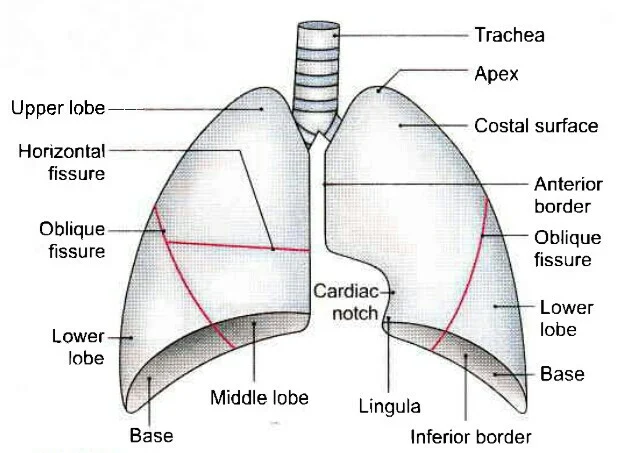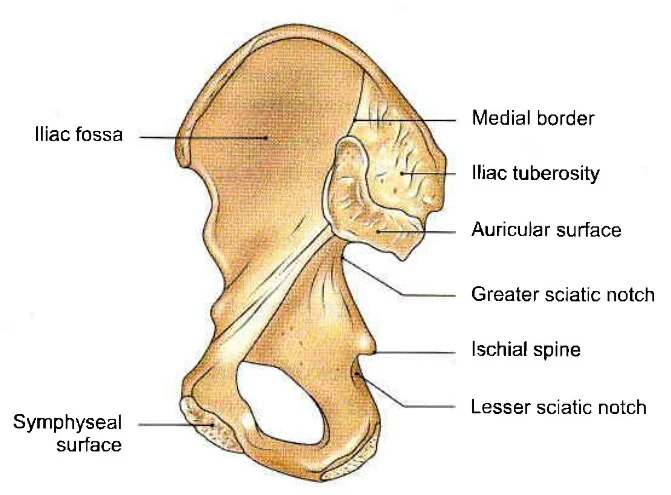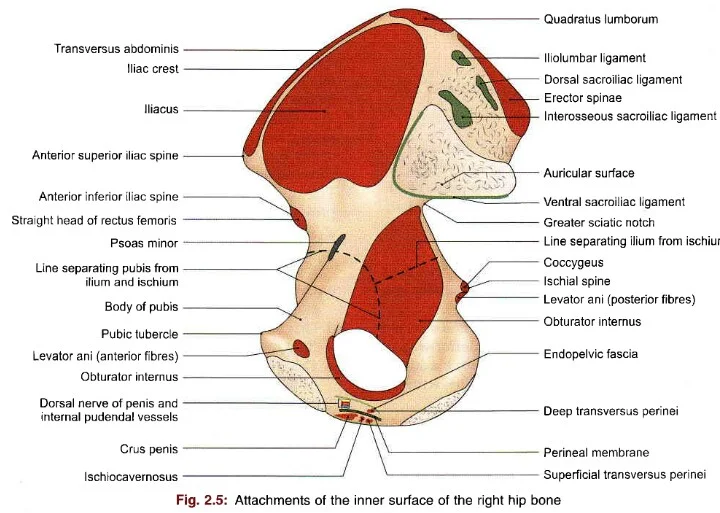Microbiology Immunology by Rachna Churasia and Anshul Jain
 |
Microbiology Immunology by Rachna Churasia and Anshul Jain |
Download book pdf
About file: -
File type - pdf
File size - 7.3 MB
Pages - 546
Language - English
We offer topic-wise short notes and medical books to support medical students in their studies.
 |
Microbiology Immunology by Rachna Churasia and Anshul Jain |
 |
| Rapid review BIOCHEMISTRY by John W. Pelley ,Edward F. Goljan |
 |
| Articular surface of the left temporomendibular joint |
 |
| Fibrous capsule and lateral ligament of the temporomandibular joint |
 |
| The trachea and lungs as seen from the front |
 |
| Impression on the mediastinal surface of right lung |
Impression on the mediastinal surface of left lung |
 |
| Bronchiopulmonary segments |
 |
| BRS Gross Anatomy book pdf |
 |
| Haematology book pdf |
 |
| Tartora book pdf |
 |
| Gyton book pdf |
 |
| BD chourasia Anatomy book pdf vol-3 |
|
ABOUT BOOK |
|
|
Name Book |
B D Chourasia’s Human Anatomy (Vol. 2) 6th edition |
|
Author/ Editior (6th edition) |
B D Chourasia |
|
Type |
pdf. |
|
Size |
52.9 MB |
|
Pages |
910 |
|
Pages type |
Colored |
|
Quality (Good/average/bad) |
Good |
 |
| Hip bone |
 |
| Hip bone |
 |
| Hip bone iliac crest |
 |
| Hip bone Muscles attachment |
 |
| Hip bone Muscles attachment |